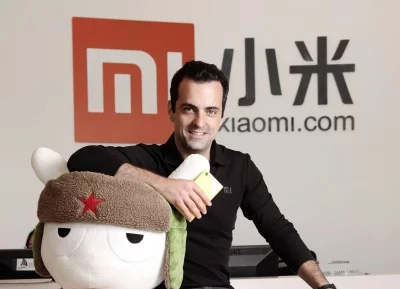U.S based wearable maker Fitbit has consolidated its leadership position in the global wearables market with 22.2% share in the third quarter of 2015, even as China’s Xiaomi emerged as the third largest vendor with 17.4% market share, according to the data revealed by IDC. Fitbit relied on its popular Fitbit Charge and Fitbit Surge models to maintain its leadership in the worldwide wearables market, and also saw continued growth within the Asia/Pacific and Europe, Middle East, and Africa (EMEA) markets, IDC said.

According to IDC, Xiaomi's inexpensive Mi Band buoyed volumes higher during the quarter, with more than 97% of its volumes shipping into China. The firm said that volumes outside of China remain limited, although progress has been made in Western markets.
Smartphone major Apple stood at the second spot with 18.6% market share in the quarter. Apple posted a slight increase from the previous quarter, mostly the result of additional markets and channels coming on line. Garmin possessed 4.1% market share in the quarter. Garmin's focus on citizen athletes with wearables for running, golf, swimming, hiking, and aquatics kept the company well entrenched as the clear number four vendor worldwide, IDC said
Chinese vendor XTC, a subsidiary of BBK, had 3.1% share in the quarter, IDC said. It surpassed Samsung for the number five position by 100,000 units in its worldwide debut. Like other Chinese vendors before it, XTC maintained its focus exclusively within China, and with just one device: the Y01, a children's phone watch. IDC said that total shipment volume for the quarter came to 21.0 million units, up 197.6% from the 7.1 million units shipped in third quarter of 2014.
"The early stages of the wearables market have led to tight competition among the leading vendors, and Chinese vendors have seized upon market momentum to grab market share," said Ramon Llamas , Research Manager for IDC's Wearables team.
"China has quickly emerged as the fastest-growing wearables market, attracting companies eager to compete on price and feature sets. In addition, multiple vendors have experimented with a broad range of products and applications. The challenge, however, is whether these vendors can expand their presence, as few have extended beyond the country's borders and into other markets,” Llamas said.















